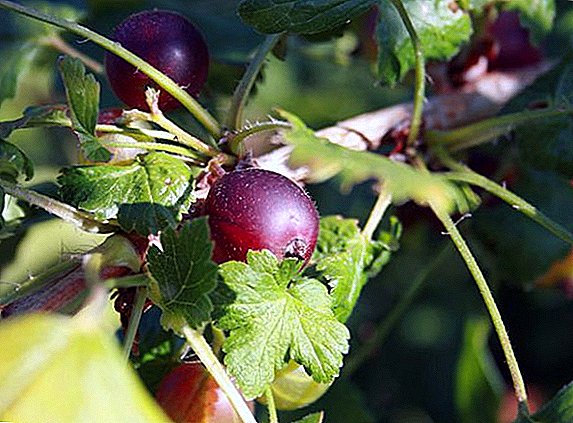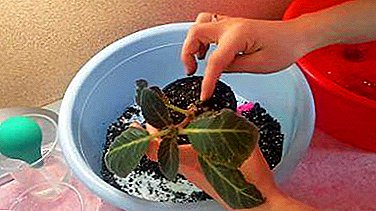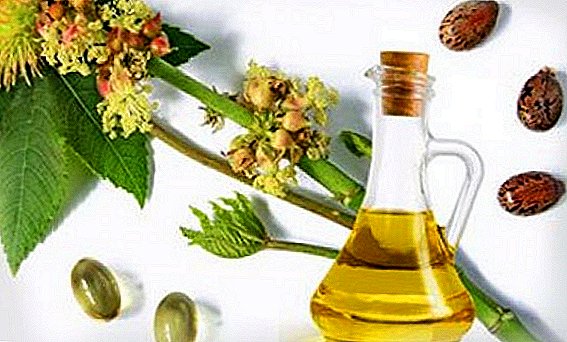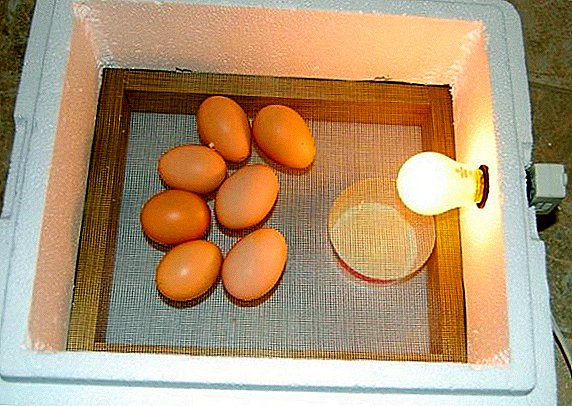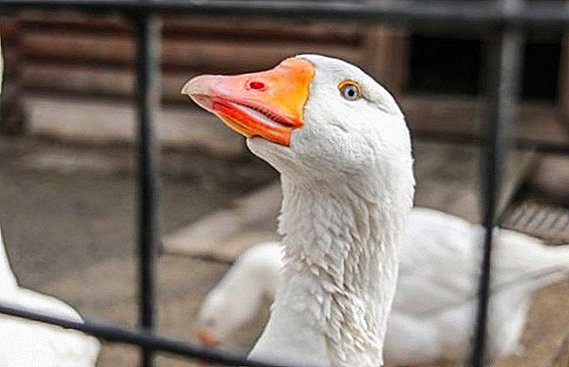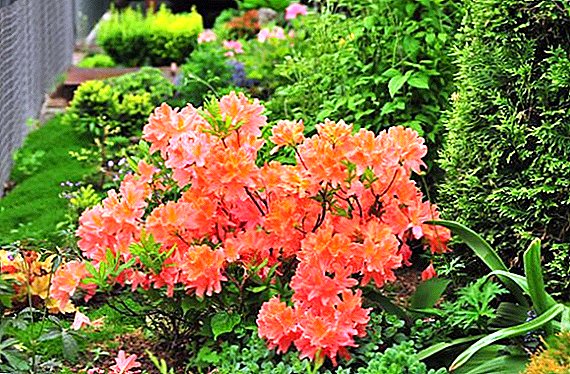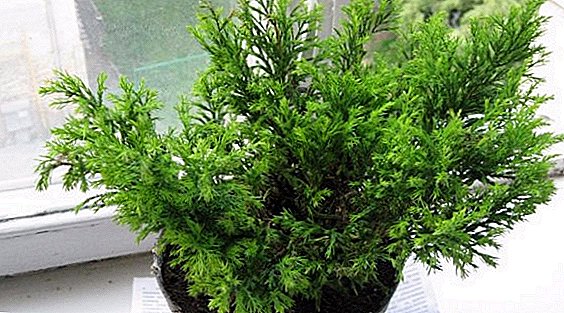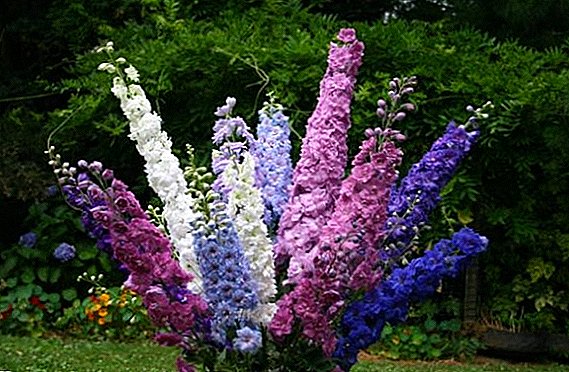 Flowers with such an unusual, but memorable name "delphinium" amaze with their beauty and refinement of forms. Delphiniums belong to the family of buttercups and comprise about 450 species. The flowers of the plant are collected in the form of a pyramidal inflorescence, located on a long peduncle. Their color range can cover various shades of white, blue, blue and purple, captivating everyone with its uniqueness. Consider the main species of this beautiful plant.
Flowers with such an unusual, but memorable name "delphinium" amaze with their beauty and refinement of forms. Delphiniums belong to the family of buttercups and comprise about 450 species. The flowers of the plant are collected in the form of a pyramidal inflorescence, located on a long peduncle. Their color range can cover various shades of white, blue, blue and purple, captivating everyone with its uniqueness. Consider the main species of this beautiful plant.
Tall
The homeland of this representative of the delphiniums is the northern mountains of Europe, Siberia and Mongolia. Graceful plant reaches 1.5 m in height. Stems are naked, flowers of blue color, collected in loose brushes.
This variety was first bred in 1837 and since then it is often used as a source for growing hybrids, as it has a large stock of breeding possibilities. Delphinium blooms high in July for 20-25 days.
Did you know? There is a gigantic form of high delphinium, which reaches 3 m in height and blooms mainly after the original form.

Prostrate
In the wild, this variety grows in California. Its stems are tall, 40-100 cm, erect, branched, bare, leafy. Tuberous rhizome.
Inflorescence - loose panicle, consisting of 10-20 flowers, having a diameter of 3.5 cm, reddish with a yellow eye. Garden forms can be bright red and orange color. Flowering delphinium holostine in June and July.
In garden culture was introduced in 1869 in the UK. If you want to decorate your garden with it, then an excellent combination for it will be plants with yellow and orange flowers - for example, a sackcloth, a goldenrod, or a watershed with its openwork and delicate shades. 
Learn more about the beneficial properties of the delphinium, which is popularly known as the larkschim
Blue
In the wild, it grows in Nepal, Bhutan, Sikkim, and Tibet. It grows preferably in meadows and stony plains in dry climates. Reaches a height of not more than 40 cm.
Stems elongated, naked. The leaves are semicircular in shape, the lobules on their tips are 1-2 cm wide. The loose inflorescence-panicle consists of 6-20 flowers with a diameter of about 4 cm, bright blue with a dark eye. It was introduced into the garden culture in 1880.
Delphinium blue is not sufficiently resistant to the conditions of our climate, so sometimes there are problems when growing it. However, the plant is quickly renewed by seeds and blooms again in a year. 
"Bruno"
The mountains of the Pamirs, Tibet, India and Afghanistan are considered the birthplace of the delphinium "Bruno". The peculiarity of this plant is that it can grow on high ground - up to 6000 m above sea level.
In height reaches from 30 cm to 50 cm, it is used mainly to decorate rocky areas. It has semi-funnel-shaped leaves with toothed lobes. Flowers in the amount of 5-10 pieces, with a diameter of 5 cm, inflorescence - a whisk.
Important! Delphinium "Bruno" is able to bloom only at warm temperatures. With the onset of cold weather, he can instantly die.
Flower color can take shades from blue to dark purple, the eye is mostly black. The shape of flowers is unique and differs from others in its originality. 
Kashmir
The name of this variety comes from the mountains of Kashmir, where this flower grows in the wild at an altitude of 3000-4000 m. The adult plant grows to 20-40 cm. The leaves are round, divided into 5 parts, with denticles on the tips.
The flowers are 5 cm in diameter, pale purple, and the peephole is black. Actively blooms in June and July. The Kashmir species is very popular among designers, as its hybrid forms with a wide variety of colors can create contrasts in garden areas.
It was first bred in Europe in 1875. The most widespread in rockeries. 
Red
In the wild, this species grows in elevated areas in Southern California and Mexico. Delphinium red, as seen in the photo, has a bright color characteristic of the name. Adult plant grows up to 2 m.
The flowers are red with yellow eyes, 5 cm in diameter, collected 15-30 pieces in inflorescences up to 60 cm in length. This variety prefers dry places. In the garden culture introduced in 1856.
With its help, new species of delphinium, having a non-standard color, are derived. The only drawback of breeding varieties is low winter hardiness, they are grown mainly in greenhouses or specially designated areas. 
Perennials such as irises, peonies, nemesia, lupine, tuberose, jascolk, gravilat, verbascum, stockrose, phlox, cornflower, doronicum, pansies, acantas, uvulyaria, will certainly decorate your garden plot.
Nice
Beautiful delphinium - not the most popular type, but it is successfully used to decorate garden plots. This perennial plant reaches a height of about 80 cm. It has simple, erect, leafy stems, pubescent with short hairs over the entire surface.
The leaves have a heart-shaped five-fold form. The flowers are a rich blue color with a dark eye, collected in inflorescences 35-45 cm long. In garden culture, appeared in 1897. 
Cultural
This species encompasses a large number of varieties grown as a result of the hybridization process begun in 1859. All of them differ in height, diameter of flowers, shades and size of inflorescences.
The height of an adult plant is 120-200 cm, most of which is a pyramidal brush, consisting of 50-80 flowers of simple form and about 7 cm in diameter. The plant does not tolerate drought, so the best condition for it is a cool and wet summer.
In order for its flowers not to fade in the sun, they need to be shaded in the midday hours.
Important! For delphiniums, the most dangerous are thaws, since its rhizomes are located close to the surface and can be easily smoothed out, which will lead to the death of the plant.

Lipped
This perennial plant is considered the forefather of cultivated varieties. Grows in Eastern Siberia. It reaches a height of 45-95 cm. Its stem is bare and smooth, with small hairs at the base.
The leaves are bicoloured, on top have a bright green color, bottom - bluish. Flowers of a rich bluish shade can be elliptical or oval in shape. Inflorescence is presented in the form of a simple multicolor brush.
In general, the delphinium lipotsevnoy is quite winter-resistant, does not need shelter in the winter cold. The plant itself is unpretentious, but if you want it to please you with active growth and wild flowering, you should follow the optimal conditions for its cultivation. 
Krupnoshportsevy
It grows in the mountains of a country like Kenya, at an altitude of 1800-3000 m. It is quite well adapted to the temperate climate of England and Sweden, where it is massively grown. In adulthood, the plant has a height of 60 to 200 cm.
The leaves are smooth, 5-7-divided. The inflorescence consists of 10-12 flowers, gathered in a whisk. The bluish-green color of the flowers and the green peephole give unusualness and peculiarities to this species.
This variety of delphinium is the most successful for cultivation and will be a great addition to your garden plot. 
Rocky
Mexico is native to this species. This is a winter-hardy perennial species of delphinium. It reaches a height of about 100-150 cm. It has leaves, divided into 5-7 parts. The flowers have a blue or purple hue, sometimes they become white or yellow. The flowering time is mainly June-July.
Delphinium is considered a light-loving plant, but in the midday hours it needs shading. It is well suited for sandy, loamy and moderately moist soils rich in humus.
The flower is drought-resistant and reacts poorly to excess moisture in the ground, so it is not recommended to plant it in lowlands or in those places where there is a large accumulation of water.  Delphinium looks great on the lawn in group plantings, as well as a background plant in a variety of compositions.
Delphinium looks great on the lawn in group plantings, as well as a background plant in a variety of compositions.
The main advantage of this plant is the contrast of its flowers, with which you can create the most unusual and unique combinations on your garden plot.
Did you know? The main species of the delphinium are extremely winter-resistant and can withstand temperatures down to -40 ° C.The variety of delphinium sometimes amazes even the most skeptical gardeners and flower growers. Every year there are all new varieties and species of this plant, and each surprises with its uncommonness.
 In all the photos presented above, there is not a single flower. And the names that scientists give to each variety add peculiarities and mysteries to each of them.
In all the photos presented above, there is not a single flower. And the names that scientists give to each variety add peculiarities and mysteries to each of them.

